
Scientists use light to control the logic networks of a cell (09/01/2017)
Proteins are the workhorse molecules
of life. Among their many jobs, they carry oxygen, build tissue, copy DNA for
the next generation, and coordinate events within and between cells. Now
scientists have developed a method to control proteins inside live cells with
the flick of a switch, giving researchers an unprecedented tool for pinpointing
the causes of disease using the simplest of tools: light.
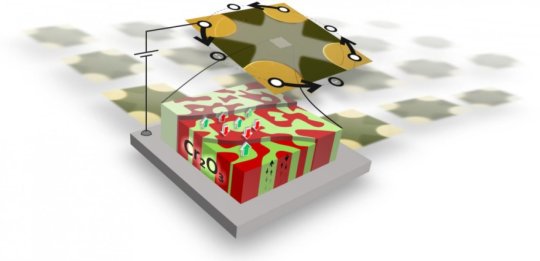
Random access memory on a low energy diet (09/01/2017)
Memory chips are among the most basic
components in computers. The random access memory is where processors
temporarily store their data, which is a crucial function. Researchers have now
managed to lay the foundation for a new memory chip concept. It has the
potential to use considerably less energy than the chips produced to date --
this is important not only for mobile applications but also for big data
computing centers.
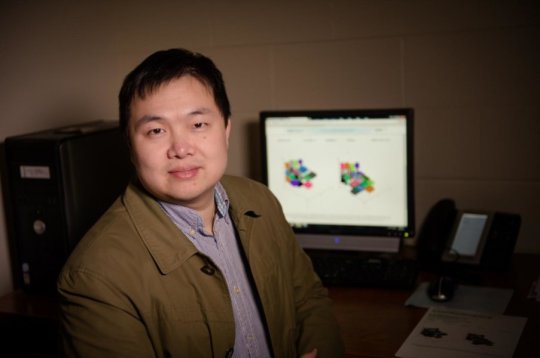
Streamlining the Internet of Things and other cyber-physical systems (09/01/2017)
Computer engineers have laid out a
framework to improve research on cyber-physical systems. They encourage
combining model-based design with data-based learning: in other words, merge
two existing paradigms into one practice.

Scientists turn memory chips into processors to speed up computing tasks (09/01/2017)
A team of international scientists has
found a way to make memory chips perform computing tasks. The advance means
data could now be processed in the same spot where it is stored, leading to
much faster and thinner mobile devices and computers.

New technique uses immune cells to deliver anti-cancer drugs (09/01/2017)
Some researchers are working to
discover new, safer ways to deliver cancer-fighting drugs to tumors without
damaging healthy cells. Others are finding ways to boost the body's own immune
system to attack cancer cells. Researchers have combined the two approaches by
taking biodegradable polymer nanoparticles encapsulated with cancer-fighting
drugs and incorporating them into immune cells to create a smart, targeted
system to attack cancers of specific types.

Tiny laser created using nanoparticles (09/01/2017)
Researchers have developed a plasmonic
nanolaser that operates at visible light frequencies and uses so-called dark
lattice modes.
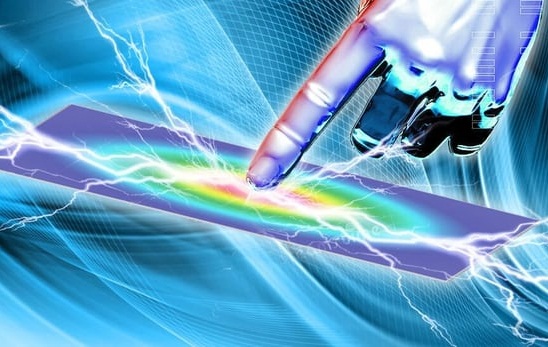
Slo-mo energy harvesting could see finger presses powering touchscreen devices (03/01/2017)
Researchers from Penn State University
have developed a new technology that can harness the movements of a user's
fingers against a touch screen to generate electricity. In time, the team hopes
the technology could provide as much as 40 percent of the energy required by a
next-gen smartphones and tablets.

Scientists create silk structures with hidden powers (03/01/2017)
Scientists
say they've devised a way to create "programmable" silk-based forms
that have a variety of optical, chemical or biological functions. Imagine pins
or other mechanical components that change color when they near a breaking
point, or solids that can deliver drugs, among other possible uses.
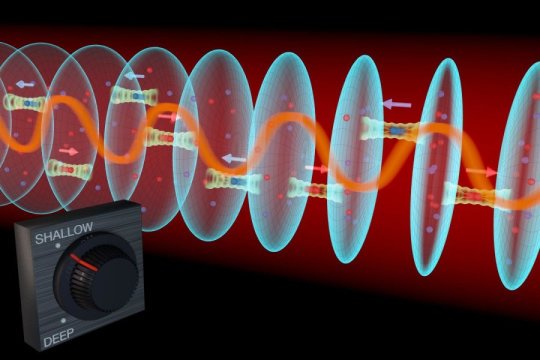
Atomic clock mimics long-sought synthetic magnetic state (02/01/2017)
Physicists
have caused atoms in a gas to behave as if they possess unusual magnetic
properties long sought in harder-to-study solid materials.
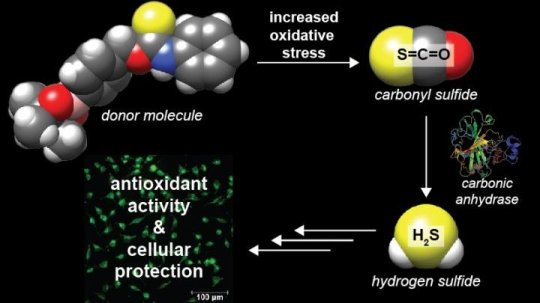
New class of hydrogen sulfide donor molecules (31/12/2016)
Researchers have designed molecules with the potential to
deliver healing power to stressed cells -- such as those involved in heart
attacks. The research, at a cellular level in the lab, involves organic
molecules that break down to release hydrogen sulfide when triggered by
oxidative stress.









